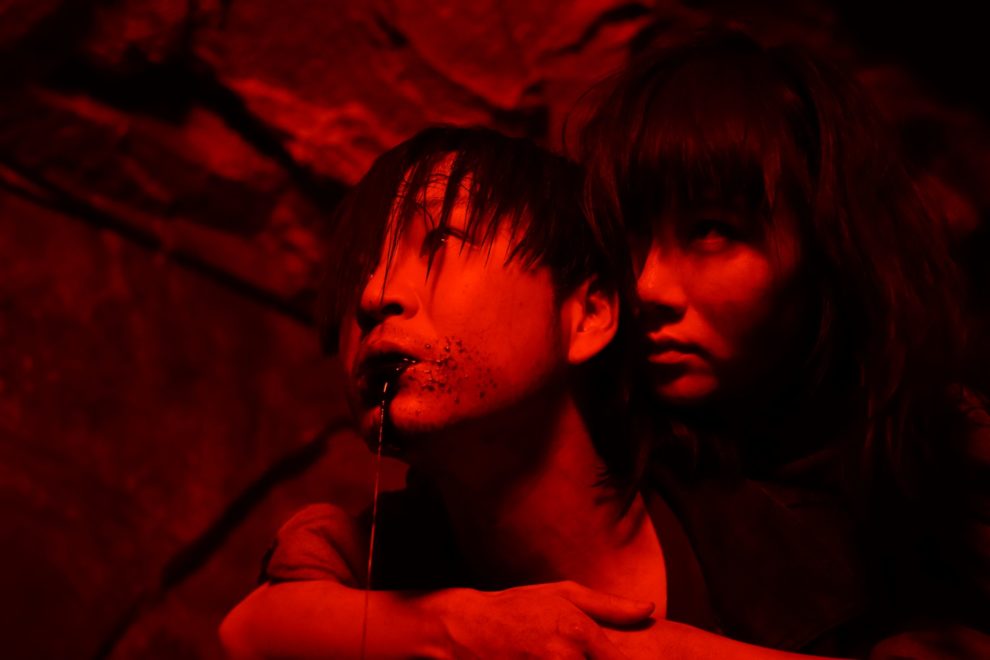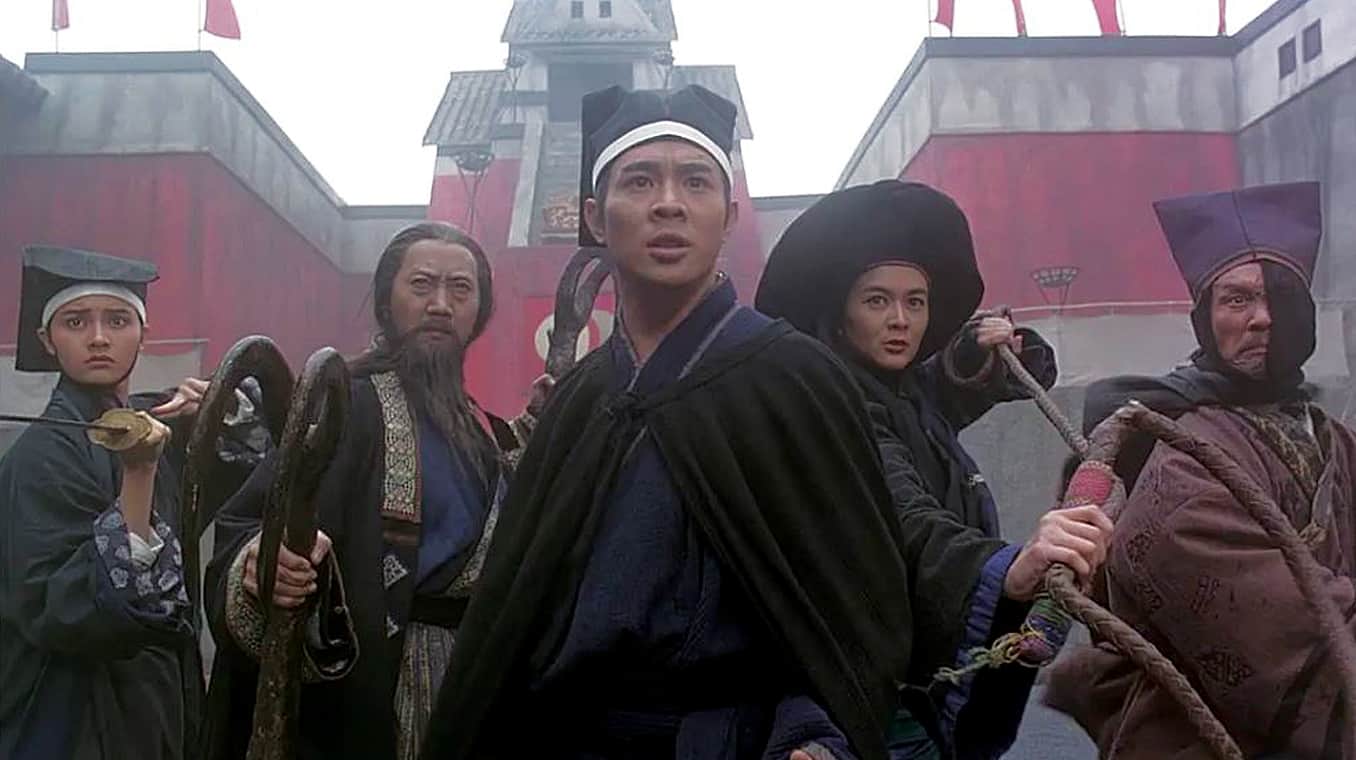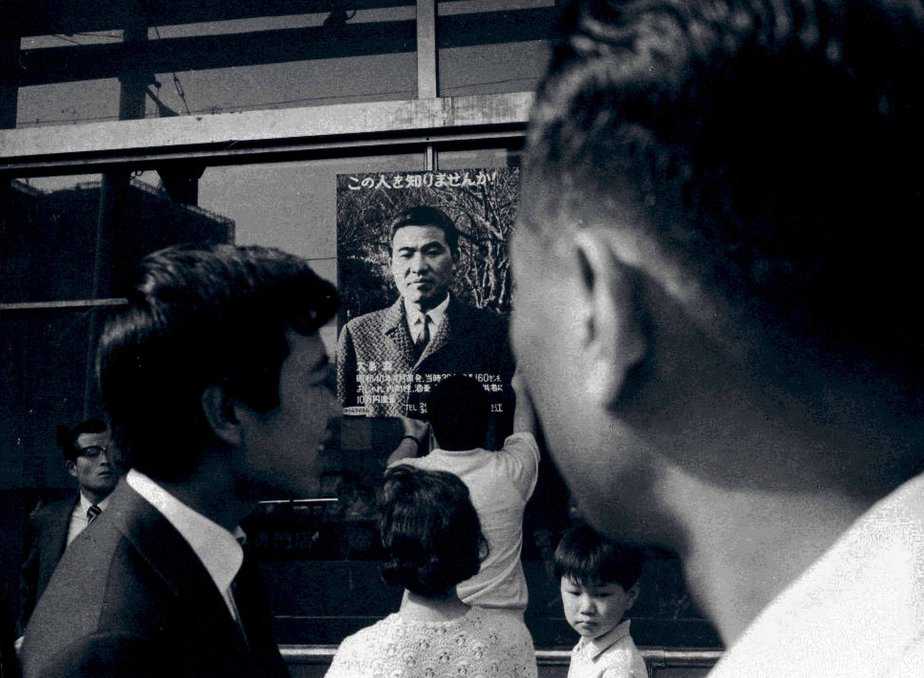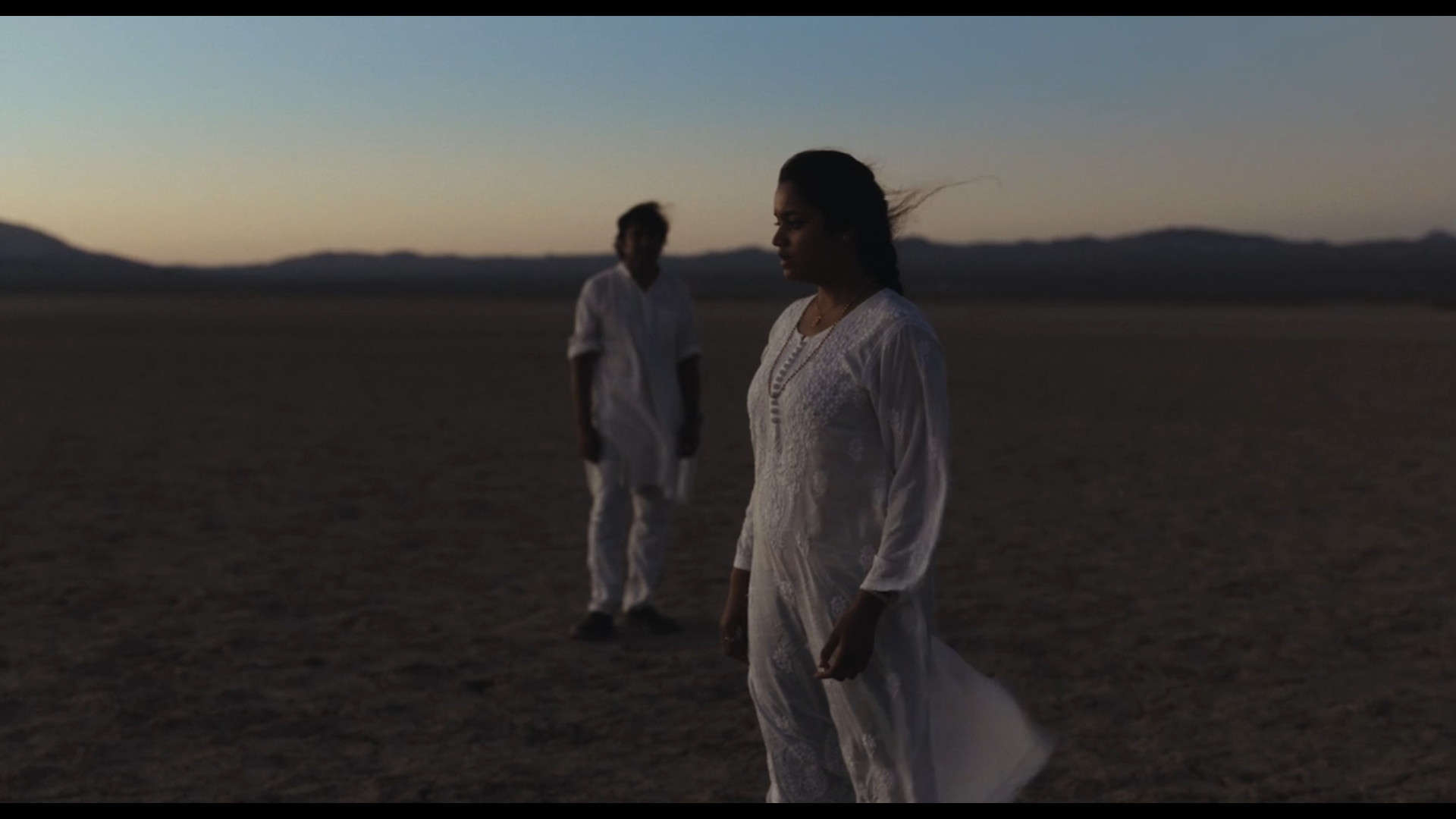“No. 76 Horror Bookstore” is adapted from four unique, well-spread, spine-tingling online stories carefully curated and produced. Award-winning director David Chuang is responsible for “Rent” about a woman who moves into a spooked apartment raising the question whether or not she'll survive; “Hunger”finds the protagonist living in a world where food is illegal and even a snack could lead to one's demise. Director Pon Tze-peng Hung writes “Hide and Seek” where teenagers find an eerie, vacated house to play a game of hide and seek, putting their lives at risk and drawing them into another realm; and “Taxi” tells the story of a taxi driver killed himself trying to return from the afterlife to the mortal earthly realm in hopes of reconciling with his daughter. Starring Annie Chen, Zhang Shu-wei, Esther Huang, and more, these four vignettes will have you jumping out of your skin!” (Official)
“No. 76 Horror Bookstore” is Screening as Part of Asian Pop-up Cinema Season 12

Four tales of the macabre inspired by a hit online novel series in its native Taiwan, “No. 76 Horror Bookstore” is simultaneously inventive while falling into some tropes that come along with the genre. While each segment stands on its own, the combination makes for a varied experience which begins to lose steam in the latter half.
The first two segments offer the strongest, well-rounded horror experience, with “Rent” kicking things off on a blood-soaked high note with a apartment complex that hides a monster in its walls. This is followed by personal favorite short of the bunch “Hunger”. Presenting a sort of cyclical hell of quest for food and money, an unlikable protagonist exists in a steady decline that leads to atrocious actions. Varying in how they approach ‘horror', both have an intense environment and an unsettling story.
The next two segments start to slow down a bit, with “Hide and Seek” having effective scares but focusing a bit more on abstract horror. This leads into “Taxi” which feels more like a morality tale with light scares. Essentially the vibe half way in the movie marks a subtle shift in intensity that makes it difficult to enjoy the later half of the film. At the same time, some viewers may find the latter entries to be better if they like their tales of terror more reserved and metaphorical. Ultimately, any disconnect from audience will come from shift in tone over a decrease of quality.
Visually the films stay uniform, with each segment carrying a similar aesthetic. The quality of the production certainly shows its budget, reminiscent of made for TV horror anthologies. There is little experimentation with the cinematography and much of the film feels confined to smaller sets and spaces. But for fans of the genre, this might spark some nostalgia and will certainly be something that can be overlooked. The audio also is a bit lo-fi, but with a focus on presenting a few bite sized horror films, it is serviceable.
Much in a similar way of the made for TV horror specials, the performances become rather negligible acting more as a means to an end than a showcase of the craft. To the credit of the actors, no performance sticks out as being awkward or campy and each help to convey the horror of each scenario.
“No. 76 Horror Bookstore” is a step above most horror anthologies thanks to creative concepts and nightmare-fueled visuals. At the same time, there are many horror anthologies that offer a better well-rounded experience with better visuals. However, as a group outing with other horror fans, the film offers enough variety to please everyone.















